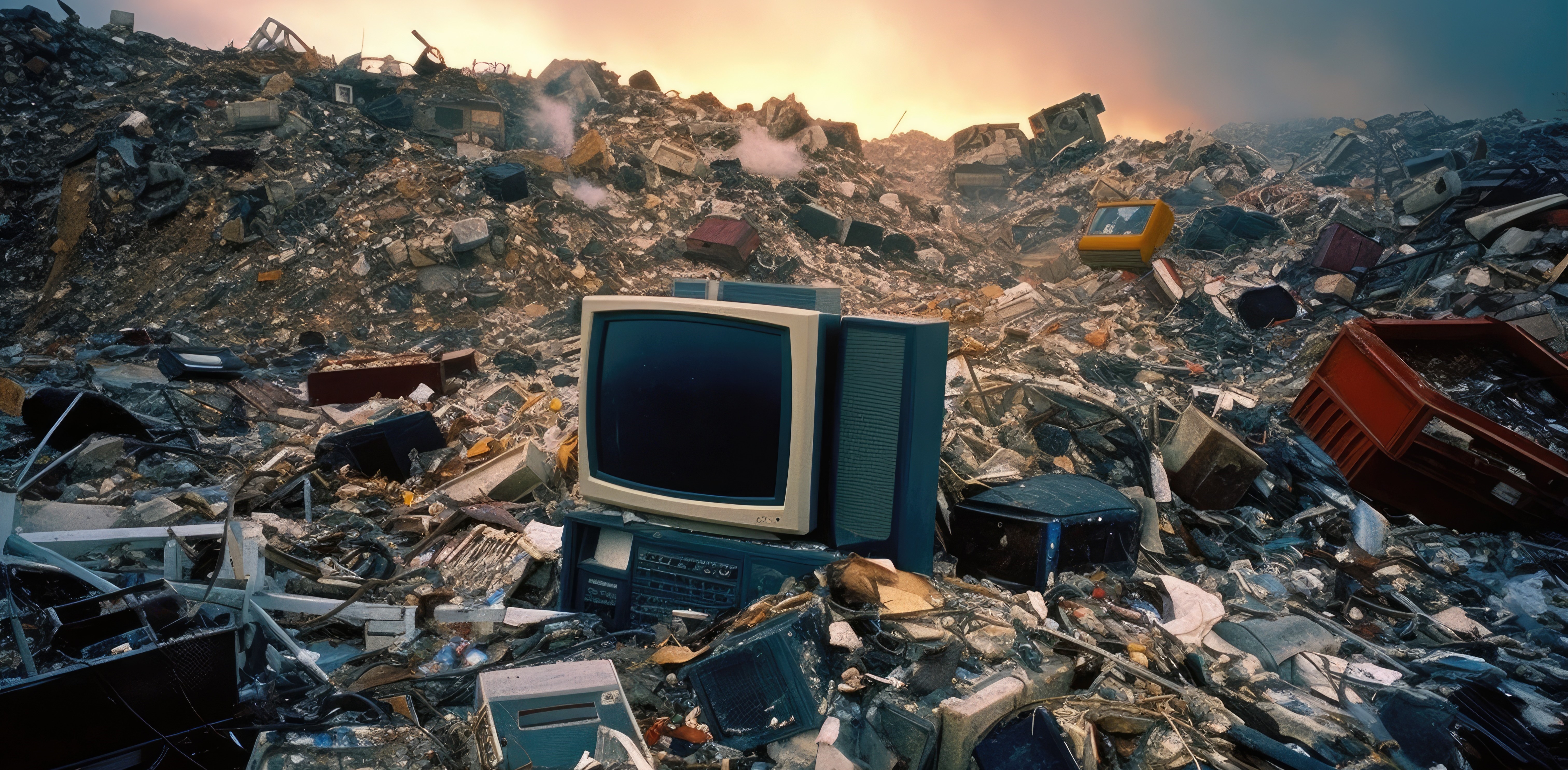E-WASTE

With the rapid development of technology, electronic devices have become an important part of our lives. However, there is a danger that arises when these electronic devices expire: e-waste. E-waste refers to a category of waste electronic and electrical equipment. This equipment includes computers, mobile phones, televisions, tablets, printers and many other devices. E-waste carries significant risks for the environment and human health and should be disposed of with the right methods.
What is E-Waste?
The term e-waste refers to the waste generated when electronic devices reach the end of their useful life. These wastes include precious metals, plastics, glass and other materials found inside electronic devices. For example, a cell phone battery may contain harmful substances such as mercury and lead. E-waste therefore contains toxic substances that can cause serious harm to the environment and human health.
Why is e-waste Dangerous?
There are several reasons why e-waste is dangerous. First, some substances in e-waste can cause serious damage to the environment. For example, metals such as mercury and lead found in many electronic devices can seep into soil and water supplies and contaminate them. Also, e-waste can release toxic gases into the air when incinerated or improperly disposed of.
Secondly, e-waste also poses a risk to human health. Some substances in electronic devices can be carcinogenic and can be transmitted to humans through respiratory or water sources. In addition, some metals found in e-waste can have harmful effects on the nervous system and cause serious health problems in the long run.
E-Waste Management
E-waste management is a process that includes the correct collection, recycling and disposal of electronic waste. This process is extremely important to protect the environment and human health. Here are the basic steps of e-waste management:
Awareness: It is important to raise public awareness about the dangers of e-waste and the correct disposal methods. This includes raising awareness that users should take their e-waste to recycling centers or authorized waste collection points.
Collection and Recycling: E-waste collection centers ensure the correct collection of used electronic devices. Specialists at these centers send the devices to recycling facilities or dispose of them appropriately. In this process, precious metals and other materials in the waste are recovered and made reusable.
Legal Regulations: It is important that countries have effective legal regulations on e-waste management. Legislation encourages producers, consumers and waste management companies to take responsibility. These regulations set standards and procedures to ensure the correct disposal of waste electronic devices.
Conclusion
E-waste is a concept related to waste electronic and electrical equipment that has become a rapidly growing problem. Proper management of these wastes is important for the environment and human health. The e-waste problem can be tackled with steps such as awareness raising, collection and recycling, and legal regulations. We all have a responsibility to protect the environment and apply the right methods for a sustainable future when disposing of our electronic devices.
